
1898 - 1957
Pavel Tchelitchew
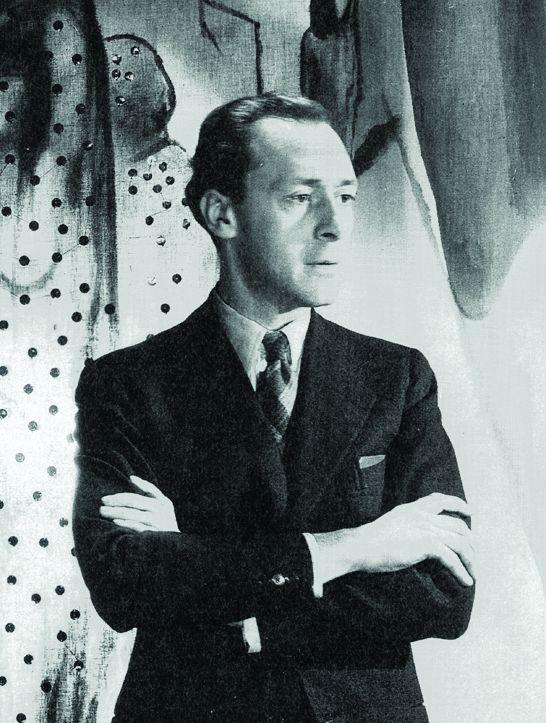
description
A Russian artist and graphic artist, discoverer of new paths in the visual arts of the 20th century. He is considered the founder of mystical surrealism nine years earlier than paintings by Salvador Dali became known and the inventor of new anatomical (X-ray) painting, “new rayonism”.
Art critics note that Tchelitchew, who was a student of A. Exter in Kyiv and went to France early, influenced Picasso, including his «blue» and «pink» periods. Clowns, artists, and sometimes famous personalities look at the viewer from the canvases of that time. However, the artist did not create Cubist paintings after his earliest period. The Paris period includes his painting «Concert» that was sold at Christie’s auction in 2016 for almost $ 2 million and the price of which was much higher than the price of Dali’s paintings exhibited there at the same time.
By the 1950s, Tchelitchew’s surrealism was somewhat overcome by Abstract Expressionism that entered the avant-garde art market. Nevertheless, even the artist’s last series of geometric abstractions have a mystical intensity that anticipates the psychedelic idealism of the 1960s. The “internal landscapes” of the master are recalled in the aesthetics of op-art.
The talented and unique painter was appreciated by his famous contemporaries in Europe and the USA; it is hard to underestimate his influence on the development of art. At the same time, the artist’s name was almost unknown in his motherland by the beginning of the 21st century. The Moscow gallery «Our Artists» organized his first solo exhibition in 2006; five years later, it presented more than 70 of his paintings and repeated his vernissage called «Tchelitchew. Encore Exhibition” in 2013.
Key ideas:
– Experts say different things about the style of Tchelitchew: they mostly call him «Russian Dali» and compare him, not without good reason, with Jheronimus Bosch. Specialists define his manner that is difficult to describe as the beginning of “neo-humanism” or “neo-romanticism” (opinion of critic V. Georges). His extraordinary art should be referred to as the moderate and aesthetic branch of Surrealism.
– Tchelitchew revealed the ideas of his work in the letter to his sister Varvara – a Kremlin teacher of S. Alliluyeva-Stalina: the mystic of perspective differs from the one of Leonardo da Vinci by the fact that the world is seen not in the distance from the inside, but at the same time in many projections – from the inside, from the outside, from top to bottom. He claimed that he found the universal module for such projections, applying it in the latest performances of Diaghilev’s Russian Ballet in Paris and London in 1920s.
– In his works for the theatre, the influence of Kyiv lessons of A. Exter is apparent. Tchelitchew came to the concept of a certain organic reality – each object is spherical, and the dynamism of sketches constructed as a spiral or circular pattern has bright colour spots and accents (this is the most characteristic feature of the art of the painter).
– The artist created a texture on the surfaces, sprinkling the colourful layer with ground coffee or sand. In some paintings (for example, in a portrait of his life partner Charles Henry Ford of 1934), he used sequins with gouache and ink.
– After the success of the painting “The seeker will find” (“Hide and Seek”), Tchelitchew proceeded to the series “Interior Landscapes” – “X-ray” portraits of the skull and body, pierced by luminous veins, arteries and nerves. Such an “electrified” anatomical painting seems to dissolve the flesh into a translucent conglomeration of atoms, blurring the boundaries between the internal and external appearance of the body.
– When Tchelitchew, Ford and his sister Ruth moved to Italy, he became interested in astrology and occultism, recalling the lessons of his father, a follower of Tolstoy. Carnal sensuality left his work, giving way to a search for an “inner perspective”. The master created amazing abstract shining structures, defined by art critics as “new rayonism.”
1898
1918
1921
1925
1926
1932
1934
1942
1952
1956
The artist was born
The family expelled from the house moved to Kyiv
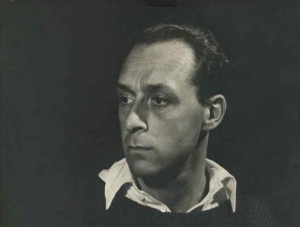
He moved to Berlin
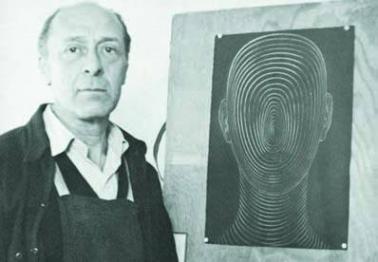
Pavel worked as a decorator for S. Diaghilev
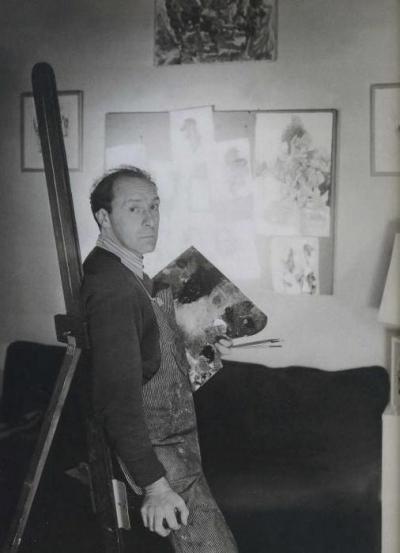
He met Christian Berard
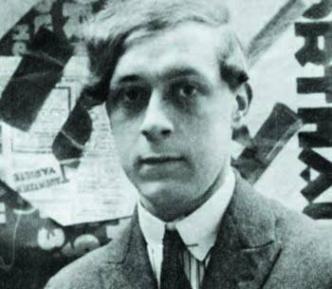
Tchelitchew met poet and publisher Charles Henry Ford
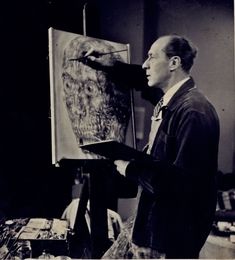
Moved the Fords brother and sister to America
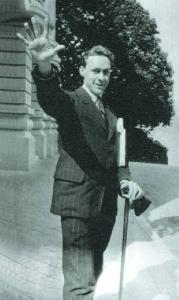
The exhibition at the New York Museum of Modern Art
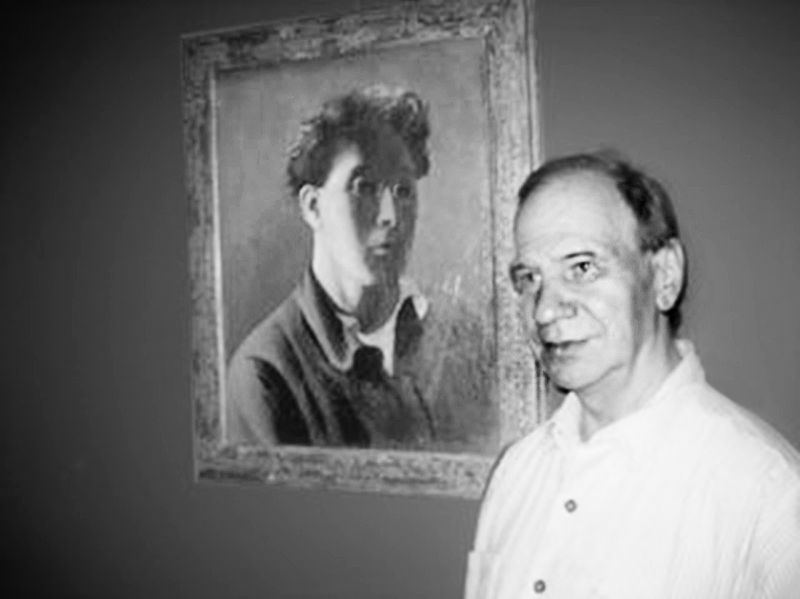
Tchelitchew became a U.S. citizen
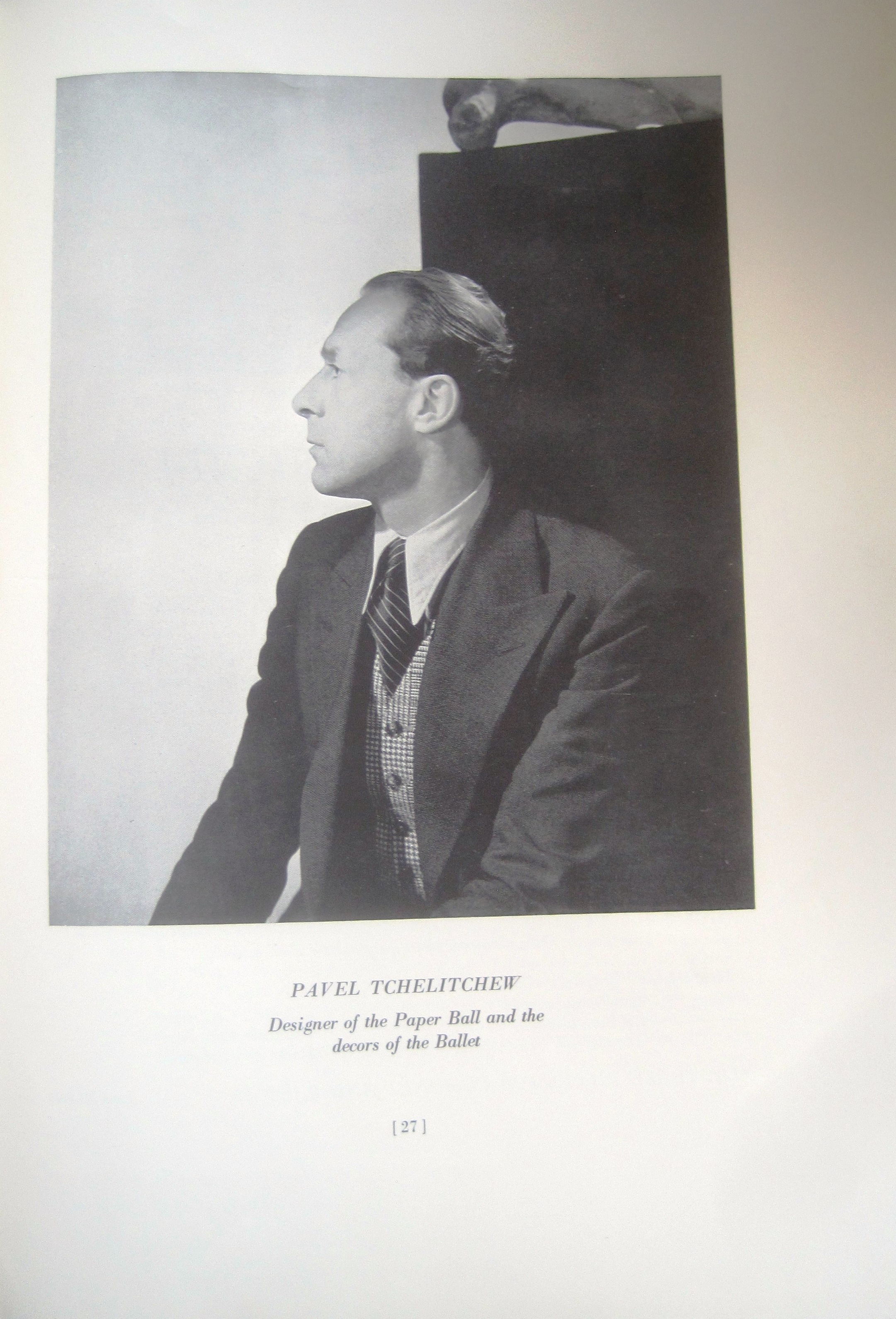
Died of a heart attack
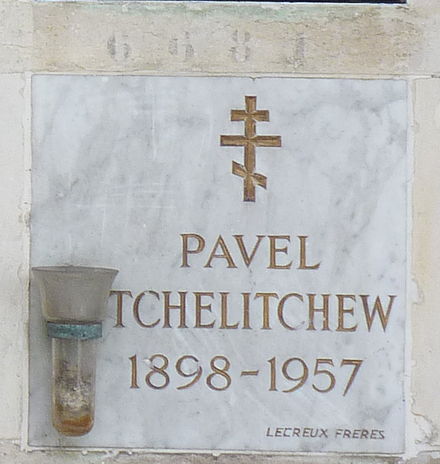
Pavel Tchelitchew
On Artist
flow
Constructivism
Cubism
Surrealism
Abstractionism
friends
Alexandra Exter
Christian Berar
artists
Kazimir Malevich
Pablo Picasso
Mark Shagal
By Artist
flow
Abstract expressionism
Suprematism
friends
Alexandra Exter
Alexander Arkhipenko
artists
Ivan Puni
Sergey Sharshun
Salvador Dali
Kliment Nikolaevich Redko
Evgeny Gustavovich Berman
